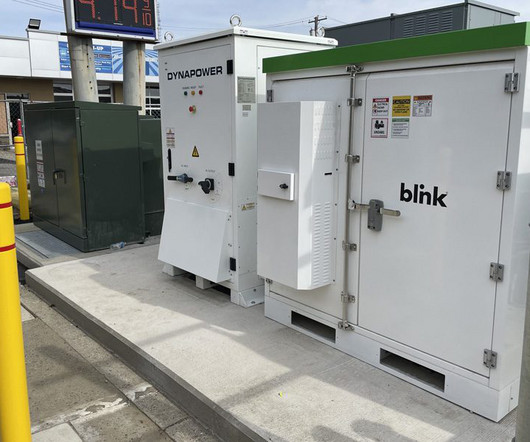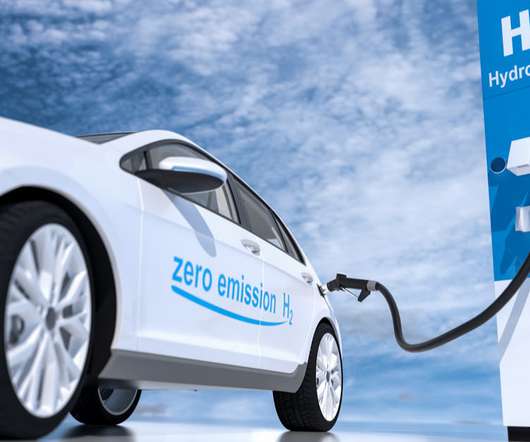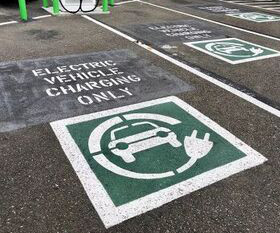How EVs Are Reducing Carbon (CO2) Emissions
Blink Charging
SEPTEMBER 8, 2023
Not only do they eliminate tailpipe emissions, but they also boast greater energy efficiency compared to their gasoline counterparts. Another study found that if people choose to charge their EVs during times when there’s less demand on the power grid, we could cut emissions by another 18% – and maybe even allow EVs to support the grid.




















Let's personalize your content